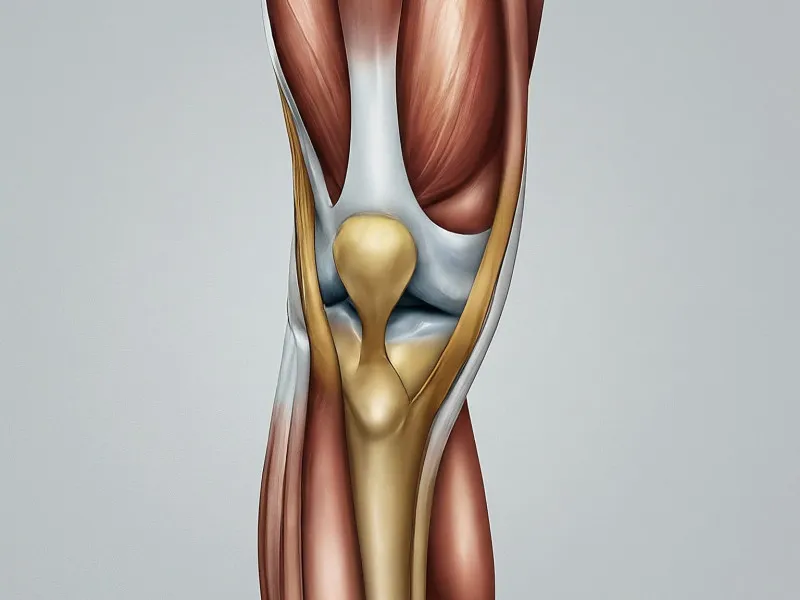
Understanding Multi-ligament Injuries from Knee Dislocations
Knee dislocations, often resulting in multi-ligament injuries, present a significant challenge in orthopaedic medicine. They involve damage to several of the knee’s key ligaments, leading to instability, pain, and a reduced range of motion. Recognising the complexity of these injuries is crucial for effective treatment.
The Immediate Response to Knee Dislocations
Immediate medical attention is essential for knee dislocations. Early management usually involves realigning the dislocated knee, a process known as reduction. This is followed by immobilisation to stabilise the joint and mitigate further damage.
Assessment and Diagnosis: The First Step in Recovery
A thorough assessment and accurate diagnosis are vital. This involves imaging tests like MRI scans to determine the extent of ligament damage. Understanding the specific ligaments affected is key to tailoring the recovery plan.
Physical Therapy: A Core Component of Rehabilitation
After initial treatment, physical therapy becomes crucial. Rehabilitation programs are designed to restore strength, flexibility, and function. This phase is critical in ensuring a safe return to daily activities and sports.
Surgical Intervention: Reconstructing Stability
In severe cases, surgery may be necessary to reconstruct the damaged ligaments. Surgical techniques vary depending on the injury’s extent and the affected ligaments. Post-surgery, a rigorous rehabilitation program is essential.
The Role of a Multi-disciplinary Team
Recovering from a knee dislocation with multi-ligament injuries requires a multi-disciplinary approach. This team typically includes orthopaedic surgeons, physiotherapists, and often, sports medicine specialists.
Conclusion: Navigating the Road to Recovery
The road to recovery from complex knee dislocations is challenging yet achievable with a comprehensive, multi-disciplinary approach. It demands patience, perseverance, and the expertise of a dedicated medical team.
FAQ Section
Q: What causes multi-ligament injuries in knee dislocations?
A: Multi-ligament injuries occur when the knee is subjected to extreme force, often during sports or severe physical trauma, leading to the dislocation and damage of multiple ligaments.
Q: What is the initial treatment for a knee dislocation?
A: The initial treatment involves realigning the knee (reduction) and then immobilising it to stabilise the joint and prevent further injury.
Q: How important is physical therapy in recovering from these injuries?
A: Physical therapy is vital in recovery, helping to regain strength, flexibility, and joint function, and is a core component of the rehabilitation process.
Q: When is surgery necessary for multi-ligament knee injuries?
A: Surgery is necessary when ligaments are severely damaged and cannot heal properly on their own. It aims to reconstruct the damaged ligaments and restore knee stability.
Q: Can you fully recover from a multi-ligament knee injury?
A: Full recovery is possible, but it depends on the injury’s severity, the effectiveness of the treatment, and the patient’s commitment to rehabilitation.
Q: What professionals are involved in the recovery process?
A: Recovery typically involves a multi-disciplinary team including orthopaedic surgeons, physiotherapists, and sports medicine specialists.
